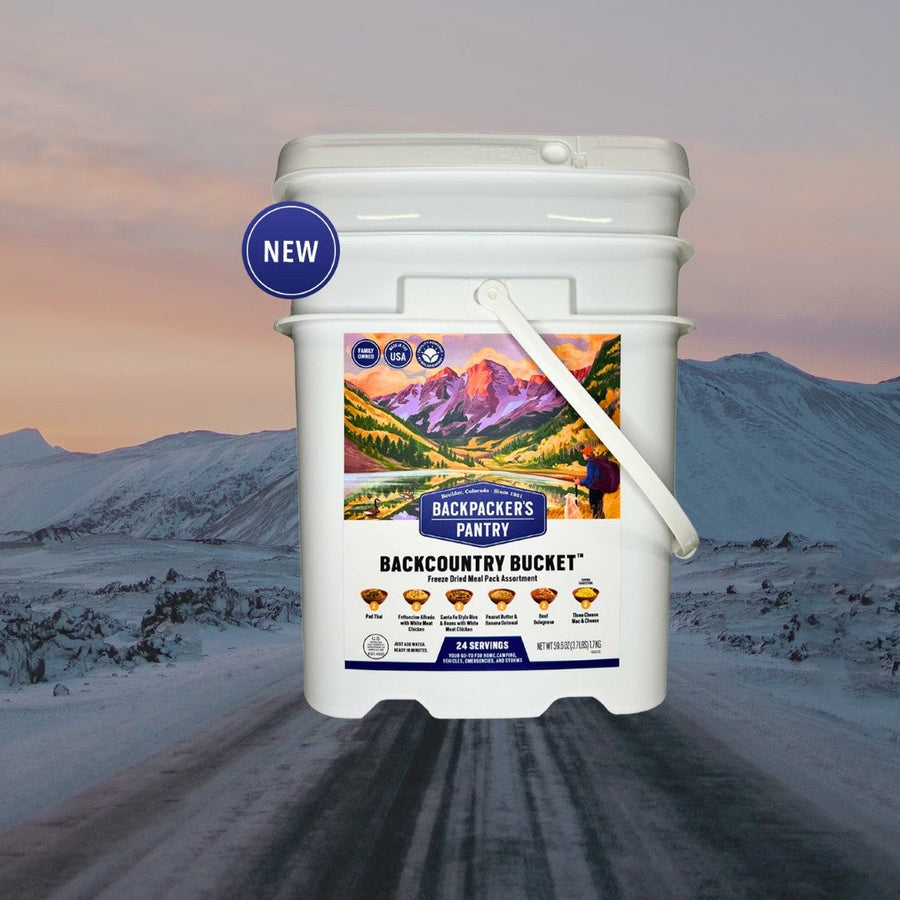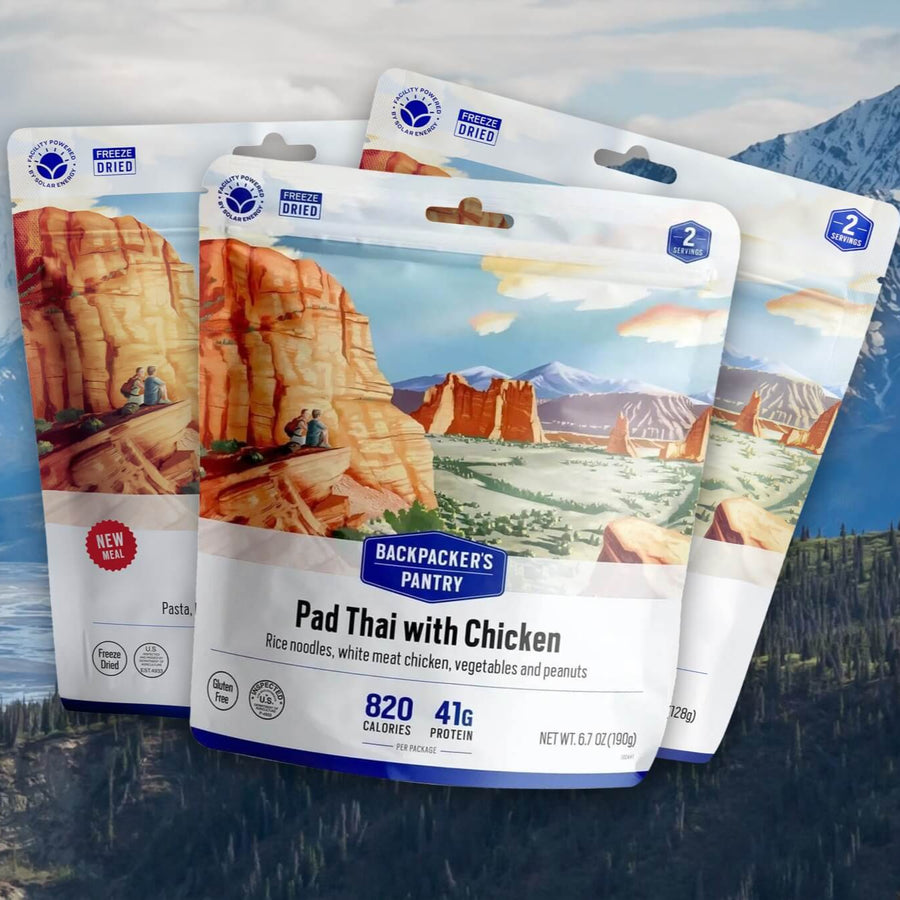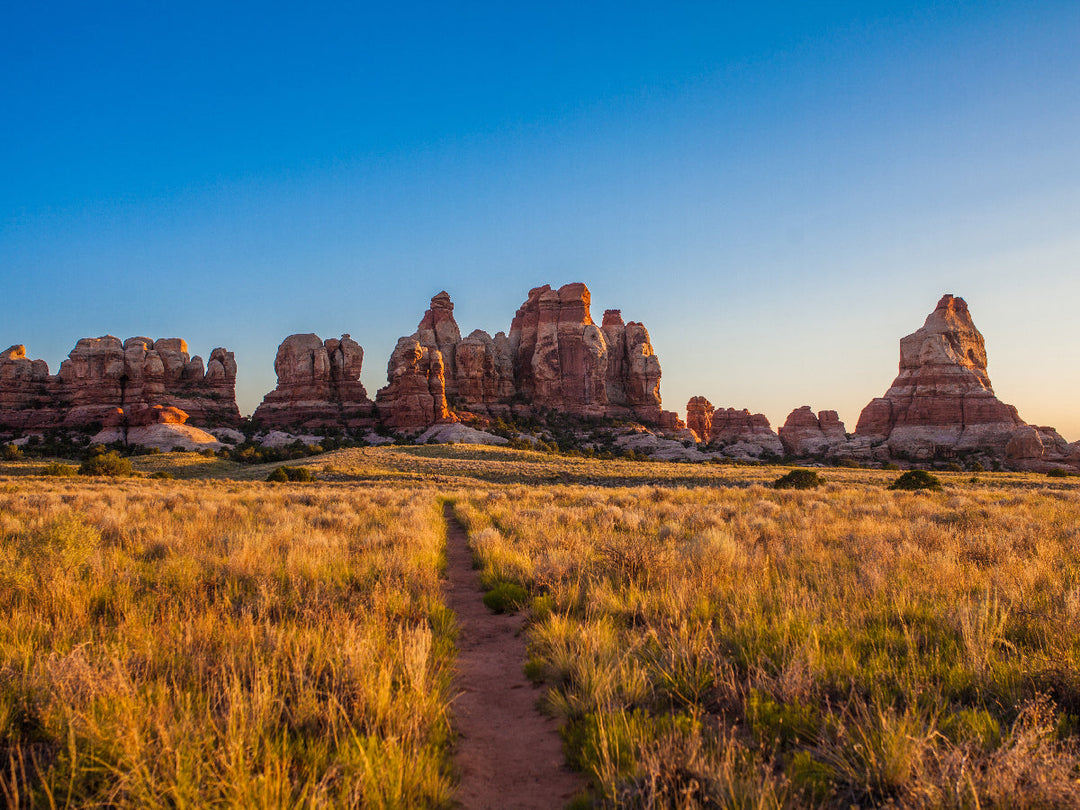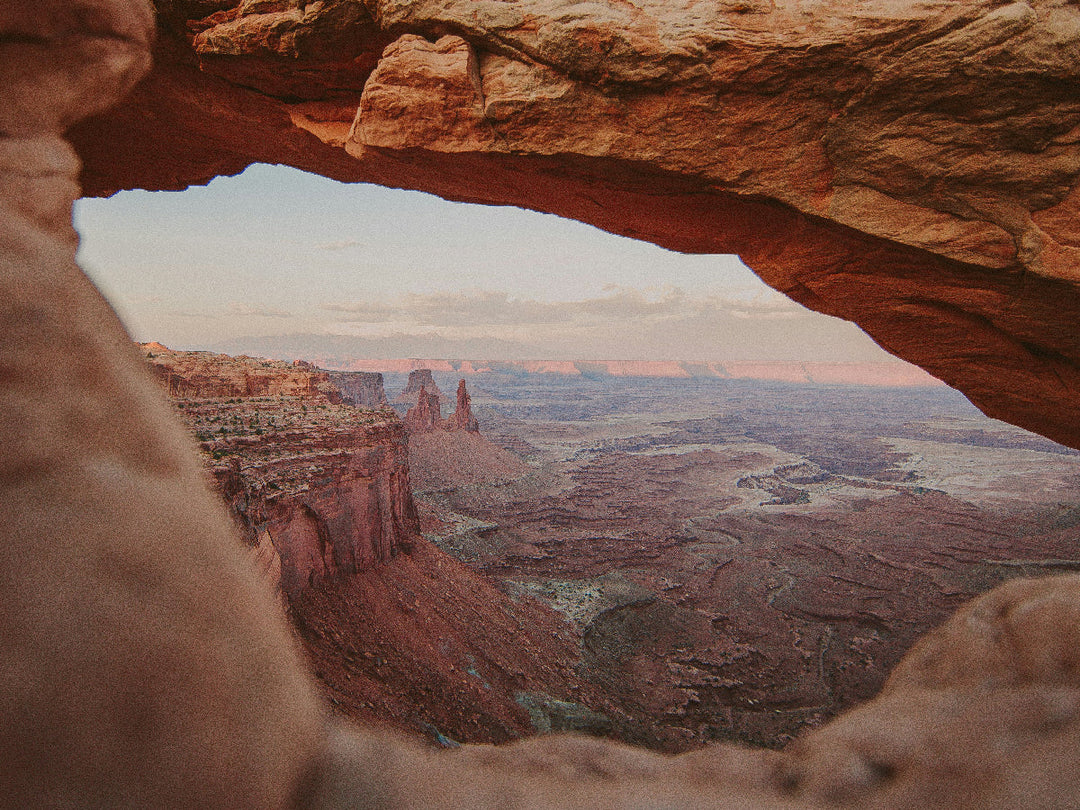3 Projects from The Conservation Alliance to Watch
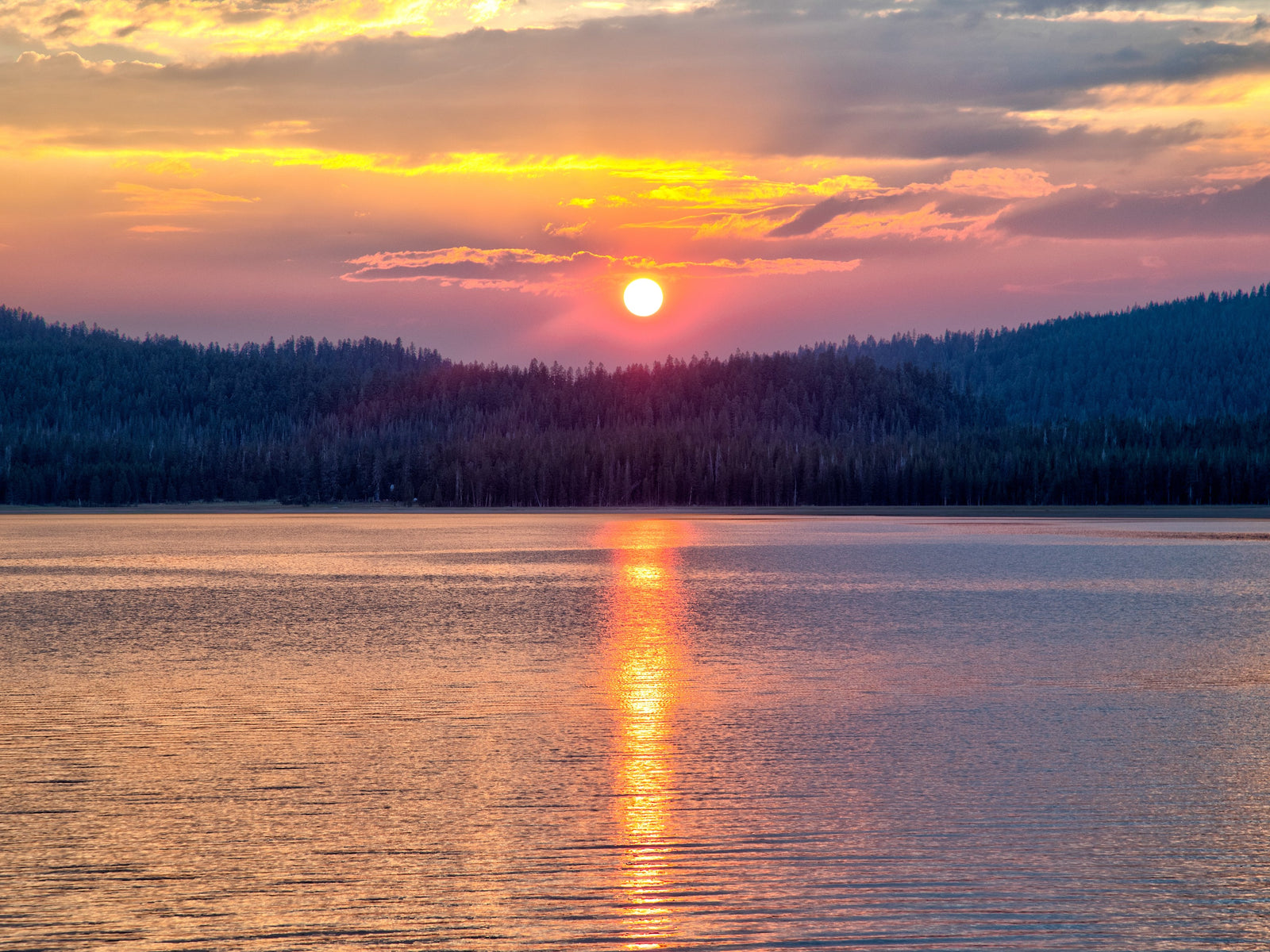
Photo Credit: Bob Wick
The Conservation Alliance (TCA) protects outdoor spaces and wild places through the collective power of member companies. In addition to supporting TCA through 1% for the Planet, we are also joining the #WeKeepItWild campaign.
One of TCA's key initiatives involves mobilizing support for the designation and protection of national monuments. They advocate for policies that safeguard public lands and work with local communities and organizations to raise awareness about the importance of these areas. By pooling resources and amplifying voices, the Conservation Alliance seeks to create lasting conservation solutions and engage outdoor enthusiasts in protecting the environment.
We spoke with TCA Marketing and Communications Director Lilly Zoller about a few of their current projects.
Colorado - Dolores River Canyon Country
How will the protection of the Dolores River Canyon Country impact the surrounding wildlife and local communities?
The Dolores River Canyon Country is one of Colorado’s last wild places, spanning an area of nearly 500,000 acres and 162 river miles of stunning high-desert landscapes in need of permanent protections. The river and surrounding canyon country have been the bedrock of life for generations, sustaining Indigenous communities, rich biodiversity, and is home to small towns weathering the boom and bust cycles of extractive industries over the past decades. The area is facing multiple threats, including renewed mining interests, increasing risk from climate change – including drought and wildfire – and a lack of resources to sustainably manage increasing visitation.

Dolores River Canyon. Photo Credit: Ryan Weber
What steps are being taken to ensure the long-term conservation of this area, and how can people support these efforts?
The ultimate goal is to permanently protect the entirety of the Dolores River Canyon Country landscape, consisting of 500,000 acres. In order to effectively protect the land, water, and recreational resources in the Dolores River region, The Conservation Alliance will be joining groups advocating for the protection of the Dolores River Canyon Country landscape through a two-pronged approach: The passage of legislation to designate a 68,000-acre National Conservation Area (NCA) from the base of McPhee Reservoir to the San Miguel/Montrose County line, and the creation of a National Monument would protect the remaining portions of the Dolores River and surrounding landscapes and watersheds. TCA funds The Dolores River Boating Advocates on this campaign and they have a variety of options to get involved.
California - Chuckwalla National Monument
What makes the Chuckwalla National Monument a critical priority for conservation and what are the main threats it currently faces?
The Proposed Chuckwalla National Monument in Southern California would protect over 620,000 acres of vital public lands in the California Desert. These protections will honor and recognize the Indigenous cultural histories and tribal heritage values of the Cahuilla, Quechan, Serrano, Chemehuevi, and Mojave peoples, increase access to world-class nature for local residents and visitors, protect fragile desert wildlife and facilitate connectivity, and help benefit local economies.
Chuckwalla faces threats from development that could damage the fragile desert ecosystem. The proposed Chuckwalla National Monument boundaries were drawn complimentary to the Desert Renewable Energy Conservation Plan (DRECP) which identified areas suitable for renewable energy development and areas that should be protected conservation. Chuckwalla area boundaries were identified as important to conserve for its biological value.

Chuckwalla National Monument. Photo Credit: Bob Wick.
How will achieving monument status benefit the environment, recreation, and local economy in the region?
- The proposed Chuckwalla National Monument will help ensure equitable access to nature for residents of the Coachella Valley and other local communities.
- Designating the Chuckwalla and Kw’tsán National Monuments could help attract more visitors to the area and boost the local economy, particularly for businesses in nearby gateway communities.
- The lands proposed for protection in the Chuckwalla landscape include the homelands of the Iviatim, Nüwü, Pipa Aha Macav, Kwatsáan and Maara’yam peoples (Cahuilla, Chemehuevi, Mojave, Quechan, and Serrano nations). This is a living landscape with interconnected cultural, natural, and spiritual significance that continues to sustain the well-being and survival of Indigenous peoples today.
-
Permanently protecting Chuckwalla would help protect vast desert ecosystems and habitat for species like the chuckwalla lizard and desert tortoise, and migration corridors for desert bighorn sheep.
Washington - Great NW Forests Campaign
What are the main goals of the Great NW Forests Campaign and how does it aim to address current environmental challenges in the region?
To mitigate the effects of climate change for 24.5 million acres of federally managed lands in western Oregon, Washington, and northwestern California, the administration is looking to protect mature and old-growth forests through an update of the Northwest Forest Plan.

TCA grantee, Methow Valley Citizens Council, has been working with The Wilderness Society, Sierra Club, Klamath-Siskiyou Wildlands Center, and Cascade Forest Conservancy to prepare for this opportunity. The coalition will work to demonstrate support through the comment periods; work with scientists to ensure a strong legal and scientific foundation around the revision effort; and elevate the community voice using outreach and communications tools.
Texas - Texas Tribal Buffalo Initiative
Texas Tribal Buffalo Project (TTBP) currently stewards 77 acres with a growing cultural herd consisting of 22 bison. They are working to protect the Carney tract in Wilson County, Texas, which contains 149.5 acres of quality pastureland within historic Lipan Apache territory and the historic bison range. Protecting this land will support Texas Indigenous Lineal Descendants across Texas, Oklahoma, and New Mexico. Once acquired, TTBP will build the necessary infrastructure, including fencing, water systems, and shelters for the buffalo.

To learn more about how you can get involved with The Conservation Alliance, check our their website.
